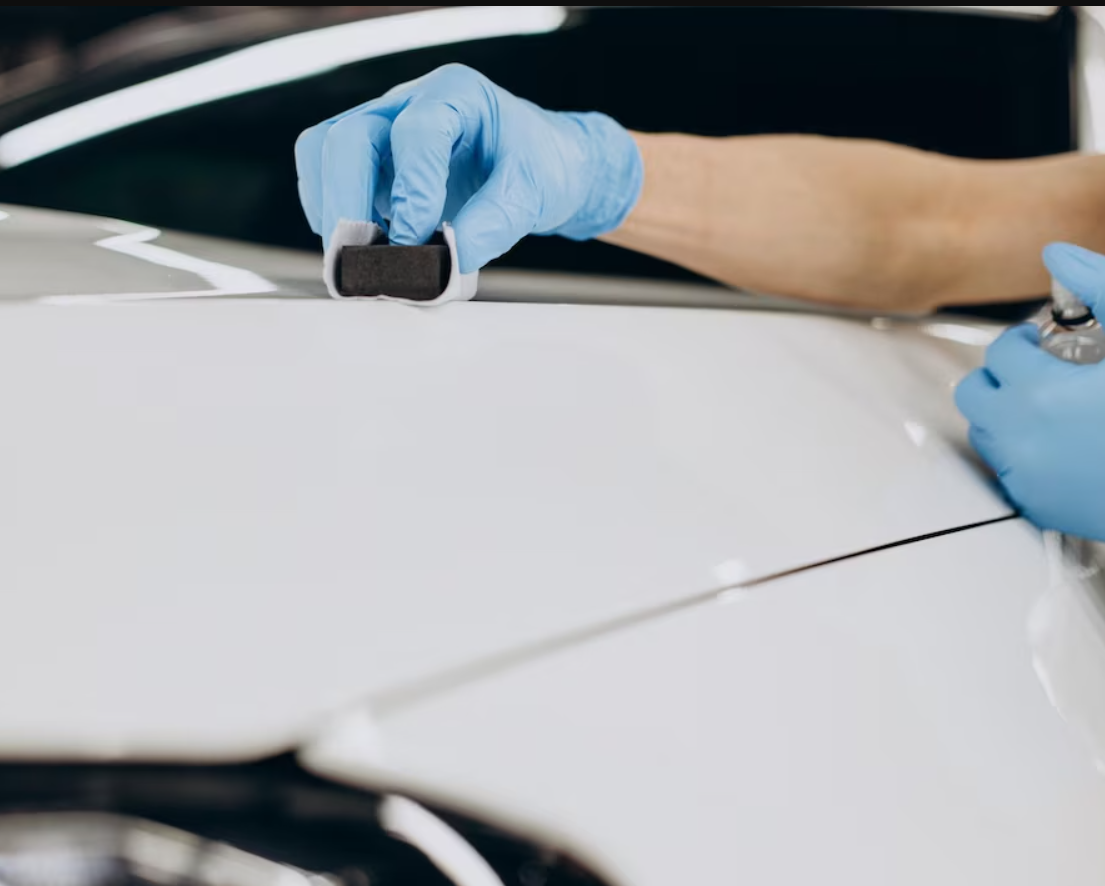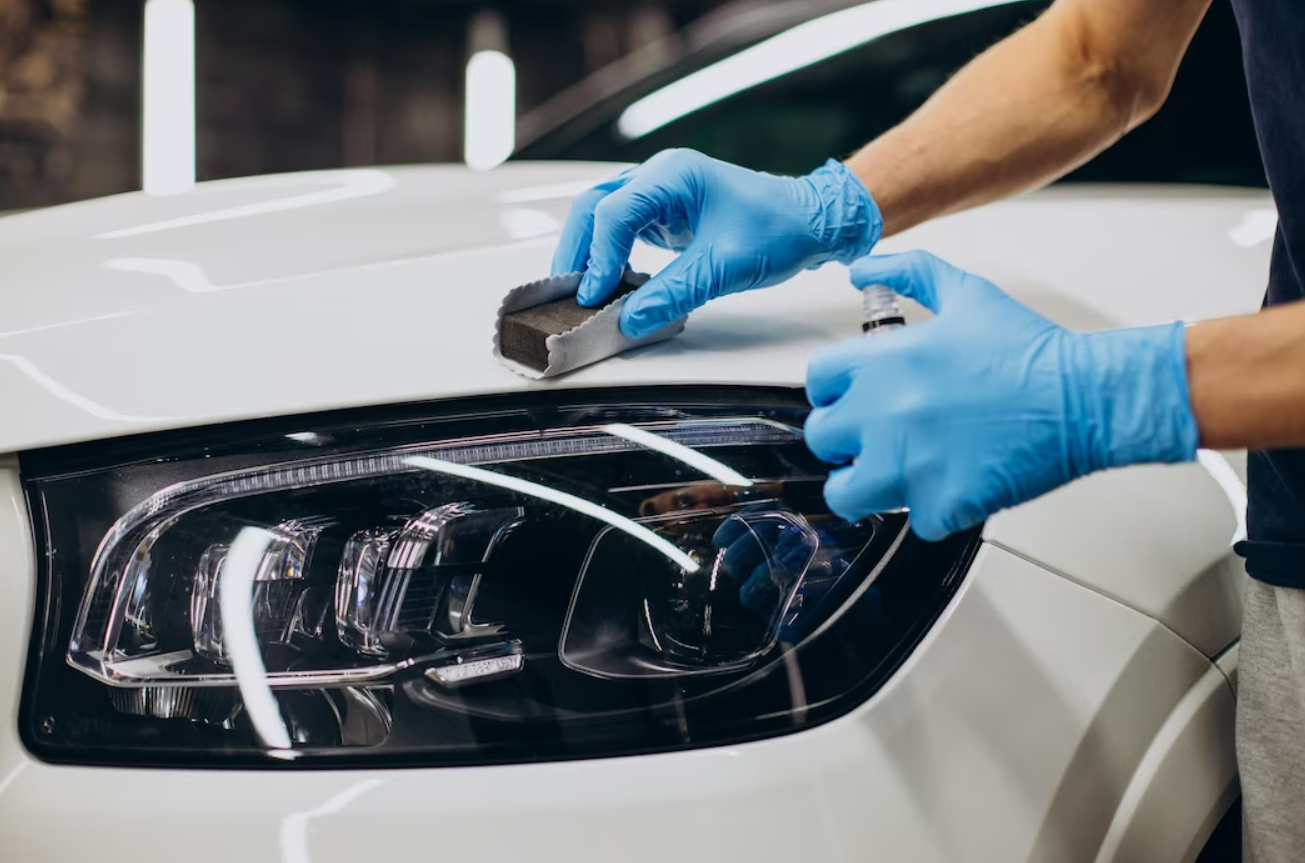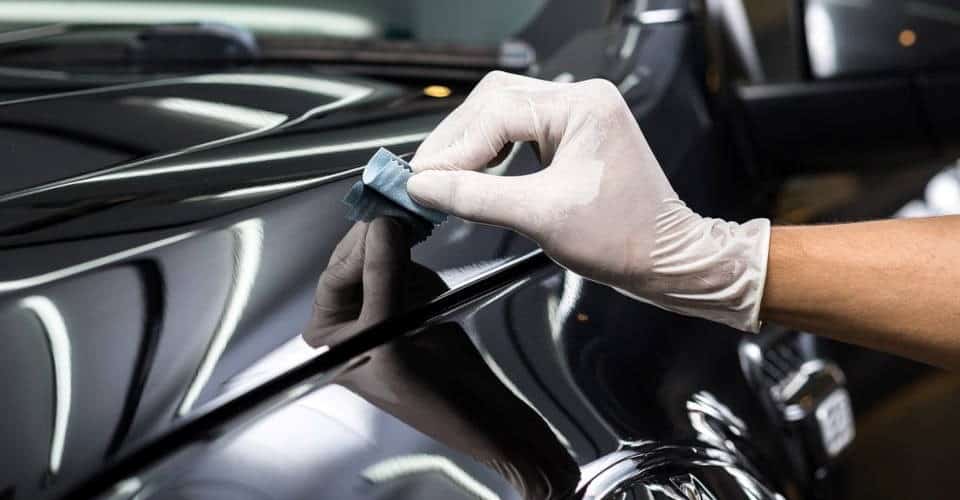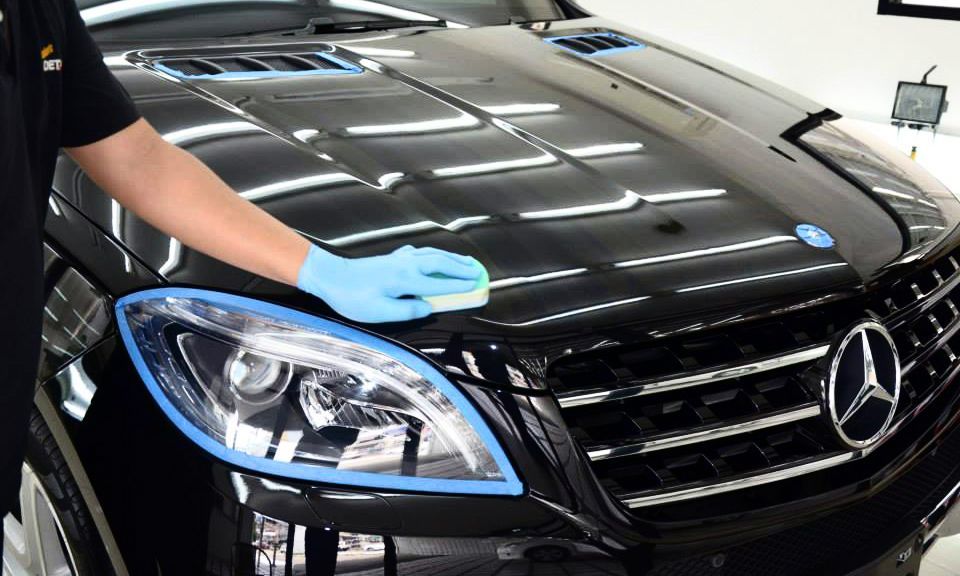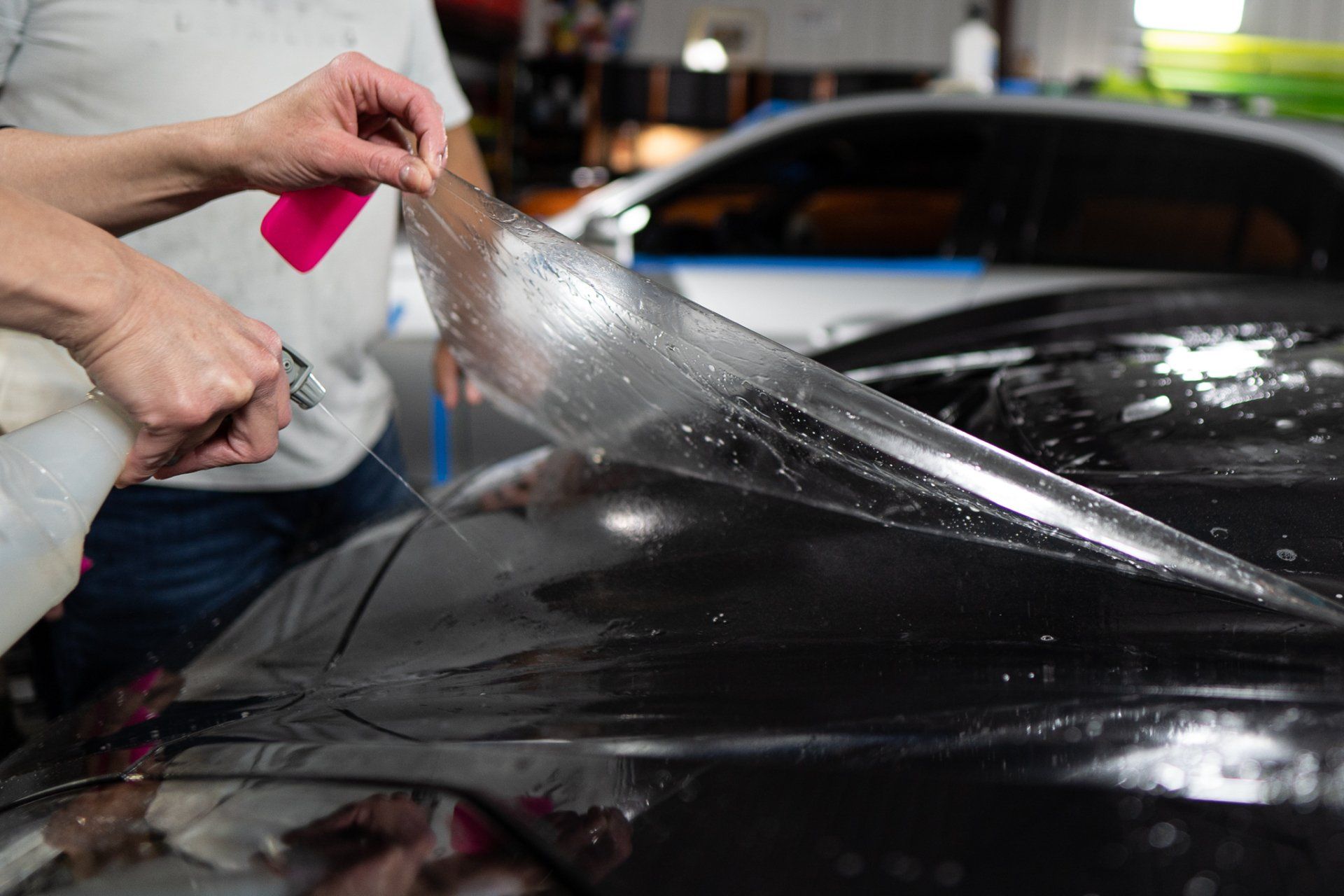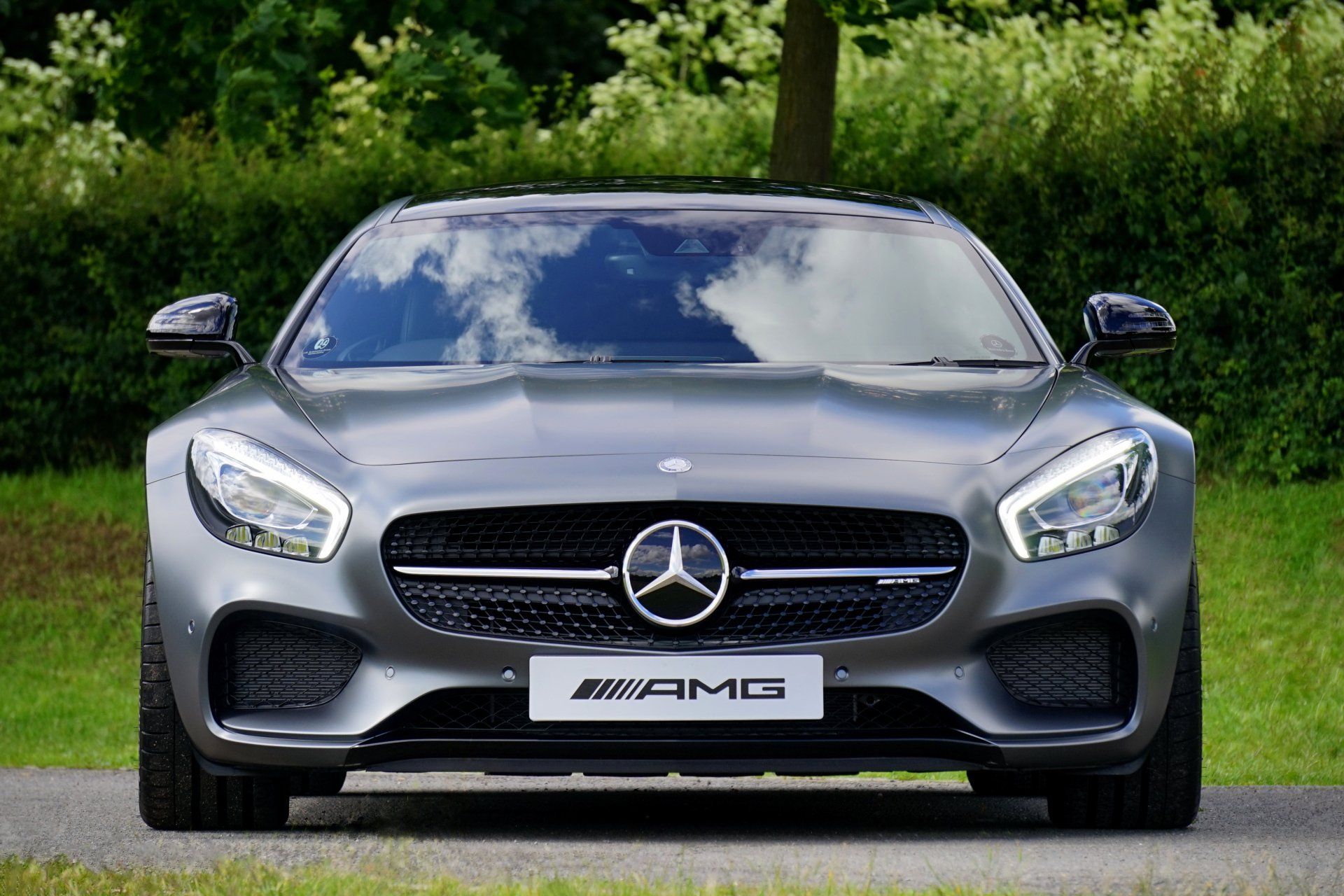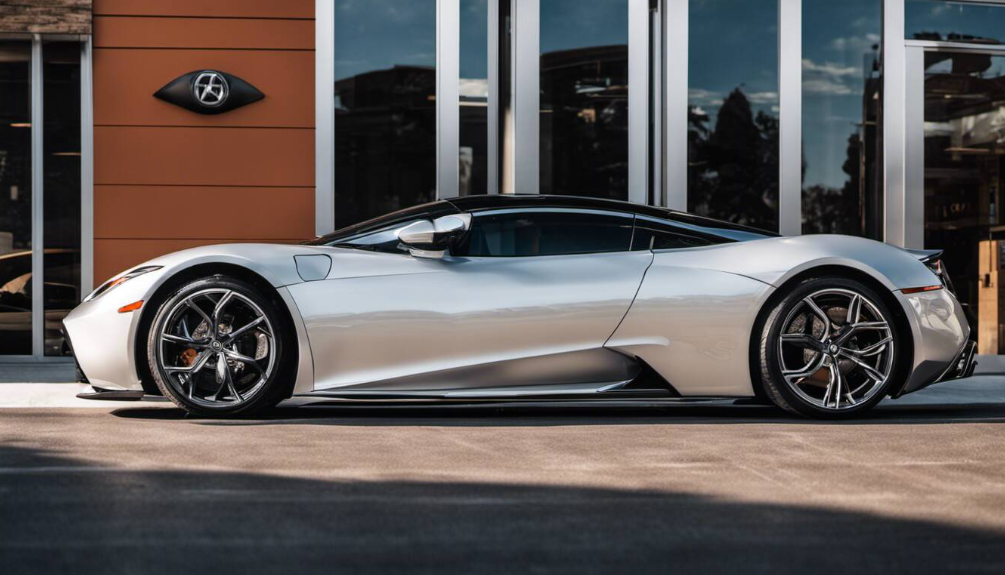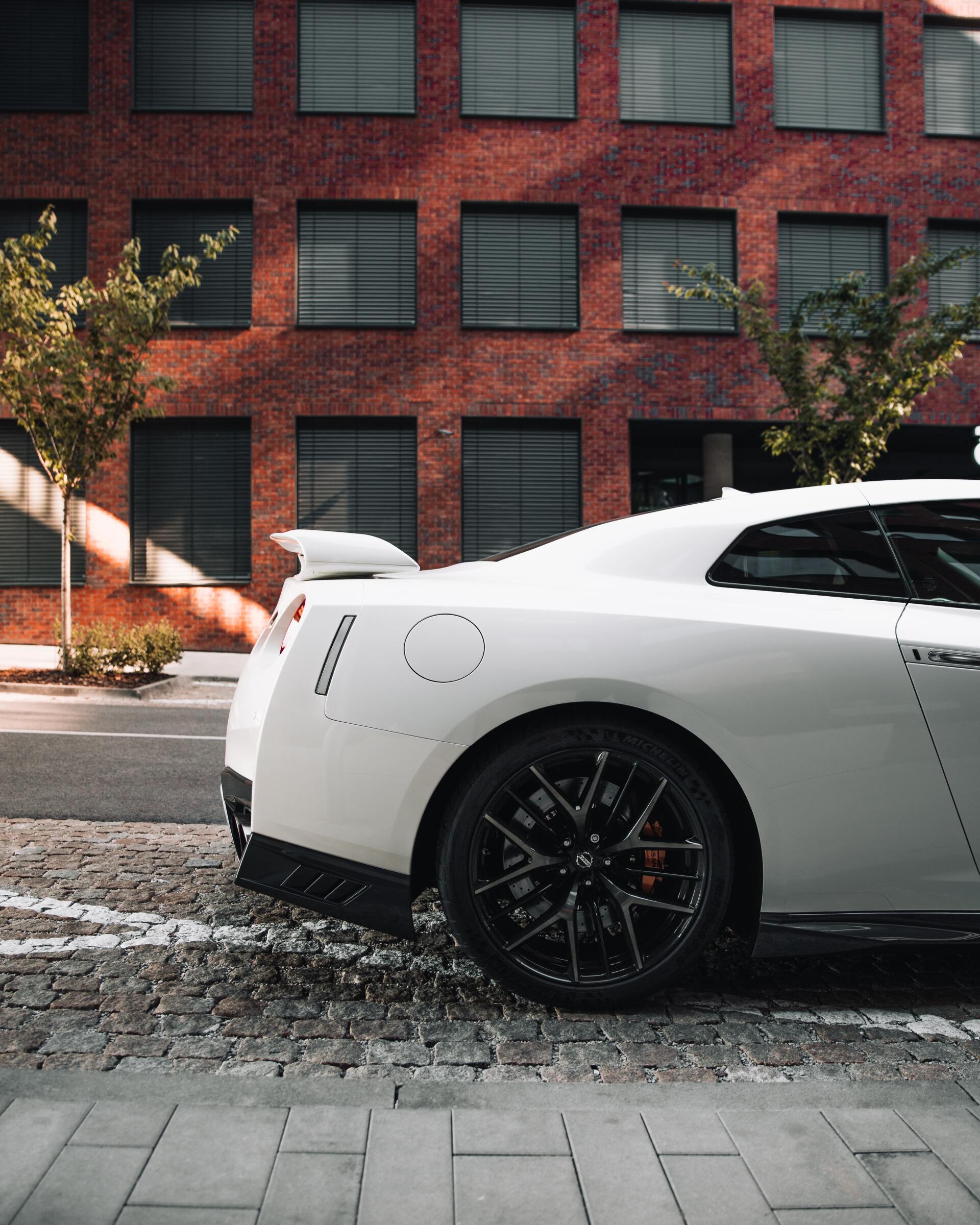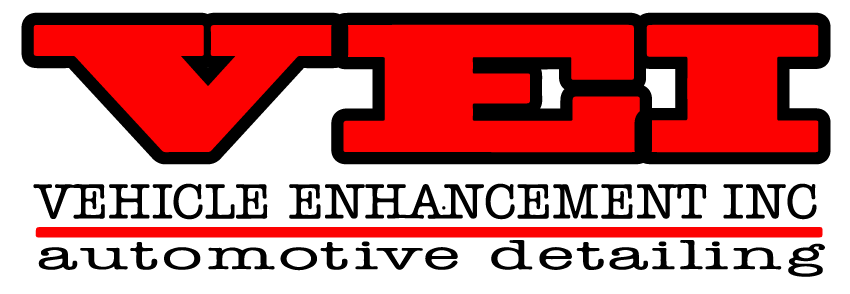Common Mistakes in Ceramic Coating Maintenance and How to Avoid Them
Common mistakes during ceramic coating maintenance often include poor surface prep before application, overlaid thickness, and misuse of cleaning agents. More so, some people neglect curing the coating or choosing an appropriate buffer pad. This may come as no surprise but applying it in direct sunlight and forgetting to protect the coating after application brings about poor results too. Applying a ceramic coating might seem like a simple task, but it requires more attention to detail than you might assume.
One common mistake to avoid after applying ceramic coating is using an inappropriate detergent or cleaner, which can negatively impact the coating's longevity and performance. Additionally, failing to protect the coating after application by exposing it to harsh environmental conditions can diminish its effectiveness.
Common Mistakes in Ceramic Coating Application and Maintenance
When it comes to ceramic coating maintenance, several mistakes can easily happen but are important to avoid. These common slip-ups can compromise the effectiveness of the coating and its longevity, defeating the purpose of applying it in the first place. Let's take a closer look at each mistake and learn how to sidestep them.
Not Prepping the Surface Before Coating
Before applying the ceramic coating, it's crucial to properly prepare the surface. This means ensuring that it is clean, free from any dirt, oxidation, or contaminants. If the surface isn't prepped well, the chances of achieving a strong bond between the coating and the surface diminish significantly. To avoid this mistake, thoroughly wash and decontaminate the surface using a proper degreaser and clay bar treatment if necessary.
Applying Too Thick of a Layer
A common misconception is that a thicker layer of ceramic coating will provide better protection. However, this isn't the case. Applying too thick of a layer can lead to uneven curing and an unsightly appearance. It's important to follow the manufacturer's guidelines regarding the thickness of each layer to ensure optimal results.
Using the Wrong Detergent or Cleaner
Using the wrong detergent or cleaner when maintaining a ceramic coating can be detrimental. Harsh chemicals and abrasive cleaners can strip away the protective properties of the coating, reducing its effectiveness. It's essential to use pH-neutral or mild cleaning products specifically designed for use on coated surfaces to prevent damage and maintain the integrity of the coating.
Failing to Cure the Coating
The curing process plays a vital role in maximizing the performance of a ceramic coating. Neglecting or rushing through this step can lead to premature degradation of the coating, rendering it less effective in providing protection. Follow the manufacturer's recommended curing time guidelines, and make sure the coated surface is dry and untouchable during this time.
Using an Inappropriate Buffer Pad
When polishing or buffing a ceramic-coated surface, it's important to use the right type of buffer pad. Using an abrasive or coarse pad can inadvertently damage the coating, leading to visible scratches or swirl marks. Opt for soft, non-abrasive pads designed for use with delicate coatings to achieve a smooth and glossy finish without compromising the integrity of the ceramic layer.
Applying the Coating in Direct Sunlight
Direct sunlight can accelerate the drying process of ceramic coatings, making it challenging to achieve proper application and even coverage. Additionally, high temperatures can cause premature flashing of solvents in the coating, resulting in uneven texture and appearance. To avoid these issues, apply ceramic coatings in a shaded area with moderate temperature conditions for optimal results.
Not Protecting the Coating After Application
Once applied, it is crucial to shield your ceramic coating from potential harm from environmental factors like UV rays, harsh chemicals, bird droppings, and water spots. Failure to provide ongoing protection can diminish the longevity of the coating and compromise its ability to repel contaminants effectively.
By understanding these common mistakes and proactively avoiding them, you'll be better equipped to preserve your
ceramic coating's quality and effectiveness, ultimately maximizing its protective attributes and prolonging its lifespan.
Inappropriate Use of Cleaning Materials
When it comes to maintaining your vehicle's ceramic coating in top condition, not all cleaning materials are created equal. While it may be tempting to use strong and abrasive cleaners in an attempt to remove stubborn dirt or stains, doing so can actually do more harm than good. Harsh cleaning materials can lead to scratching or dulling the ceramic coat, which defeats the whole purpose of having a protective layer in the first place. You see, the ceramic coating acts as a shield for your vehicle's paint against various contaminants and elements, but it needs delicate care to preserve its integrity. Using pH-neutral soaps and soft microfiber towels is crucial to maintaining the coating without causing any damage. These gentle materials effectively lift dirt and grime from the coated surface without compromising its protective properties.
Imagine using a rough scrubbing pad on a delicate china plate; it's likely to leave scratches and marks. Similarly, inappropriate cleaning materials can have the same effect on a ceramic-coated vehicle surface, detracting from its glossy appearance and diminishing its ability to repel water and contaminants. It's essential to remember that the goal is not just to clean the surface but also to preserve and protect the ceramic coating. By using appropriate cleaning materials, you're ensuring that your vehicle maintains its sleek appearance while maximizing the longevity of the ceramic coating.
Faulty Washing Techniques: Hampering Ceramic Coat
When it comes to washing a car with a ceramic coating, using the wrong techniques can have a negative impact on the coating's appearance and durability. Circular or back-and-forth motions may seem like the natural way to clean a car, but in reality, these movements can create unsightly wash-induced swirl marks on the coated surface, significantly diminishing the overall look of your vehicle and compromising the protective qualities of the ceramic coat. So, what's the right way to maintain your ceramic-coated car without causing damage?
The secret lies in employing a straight-line technique when washing your car. This technique involves moving your wash mitt or sponge in straight lines from top to bottom, avoiding circular or cross-hatch motions. By doing so, you reduce the risk of swirl marks forming during the washing process, thereby preserving the integrity of your ceramic coating for a longer period of time. Additionally, it's essential to choose a high-quality microfiber wash mitt or sponge to prevent any potential scratching of the ceramic coating. Using a mitt with deep, plush fibers can trap dirt particles and prevent them from scratching the surface while providing gentle yet effective cleaning.
By adhering to proper washing techniques, you not only preserve the attractive appearance of your vehicle but also extend the lifespan of the ceramic coating, saving you from potential reapplication costs down the line.
Best Practices to Protect Ceramic Coating
When it comes to protecting your precious ceramic coating, a little care goes a long way. You've invested in this protective layer for a reason, and keeping it in top condition is essential for reaping the full benefits. Here are some key best practices you should follow:
- Use the Two-Bucket Wash Method: You might be thinking, "What's the big deal with using two buckets?" The two-bucket wash method involves using one bucket filled with soapy water and another with clean water for rinsing. This helps prevent dirt and debris from being transferred back onto the vehicle's surface while washing. When you dip your wash mitt into the soapy water and then rinse it off in the clean water before reloading it with soap, you're avoiding rubbing the dirt back onto your car. It's like washing dishes with soapy water and then rinsing them off in clean water—it prevents any grime from getting stuck or spreading around. This simple technique may seem small, but it can make a big difference in preserving the integrity of your ceramic coating.
- Employ a High-Quality Grit Guard: A grit guard is a nifty little tool that sits at the bottom of your wash bucket. It's designed to trap dirt and debris underneath its slots, preventing them from being re-introduced onto your vehicle's surface during washing. Imagine the grit guard as a loyal gatekeeper, diligently keeping an eye out for any microscopic hitchhikers that would love nothing more than to make their way back onto your car's shiny finish. By utilizing a high-quality grit guard, you're significantly reducing the risk of swirl marks and scratches caused by gritty particles.
- Dry the Vehicle with a Clean Microfiber Drying Towel: After giving your car a good wash, it's crucial to dry it properly to avoid water spots—those pesky blemishes left behind when water dries on the surface. A clean microfiber drying towel is your best friend in this scenario. Not only does it absorb water efficiently, but it also won't scratch or damage your delicate ceramic coating like traditional towels might. To ensure optimal results, gently pat the surface dry instead of rubbing vigorously. This careful approach not only helps safeguard your ceramic coating but also maintains the sleek, polished appearance of your vehicle.
By employing these best practices—using the two-bucket wash method, employing a high-quality grit guard, and drying the vehicle with a clean microfiber drying towel—you're taking proactive steps to preserve and protect your valuable ceramic coating investment. Taking these easy precautions now can save you from potential headaches down the road.
Top Ceramic Coating Experts in Dayton, OH
Elevate your vehicle's appearance and protection to unparalleled levels with Vehicle Enhancement Inc., recognized as the premier destination for
ceramic coating expertise in Dayton, OH. Our seasoned professionals boast extensive experience and utilize state-of-the-art techniques to apply premium-grade ceramic coating, ensuring a flawless finish that repels environmental contaminants and enhances durability. Say goodbye to frequent waxing and hello to effortless maintenance with our ceramic coating solutions, designed to preserve your car's showroom shine for years to come. Schedule your appointment today or call us at
(937) 361-7993 and elevate your car care routine to the next level!

